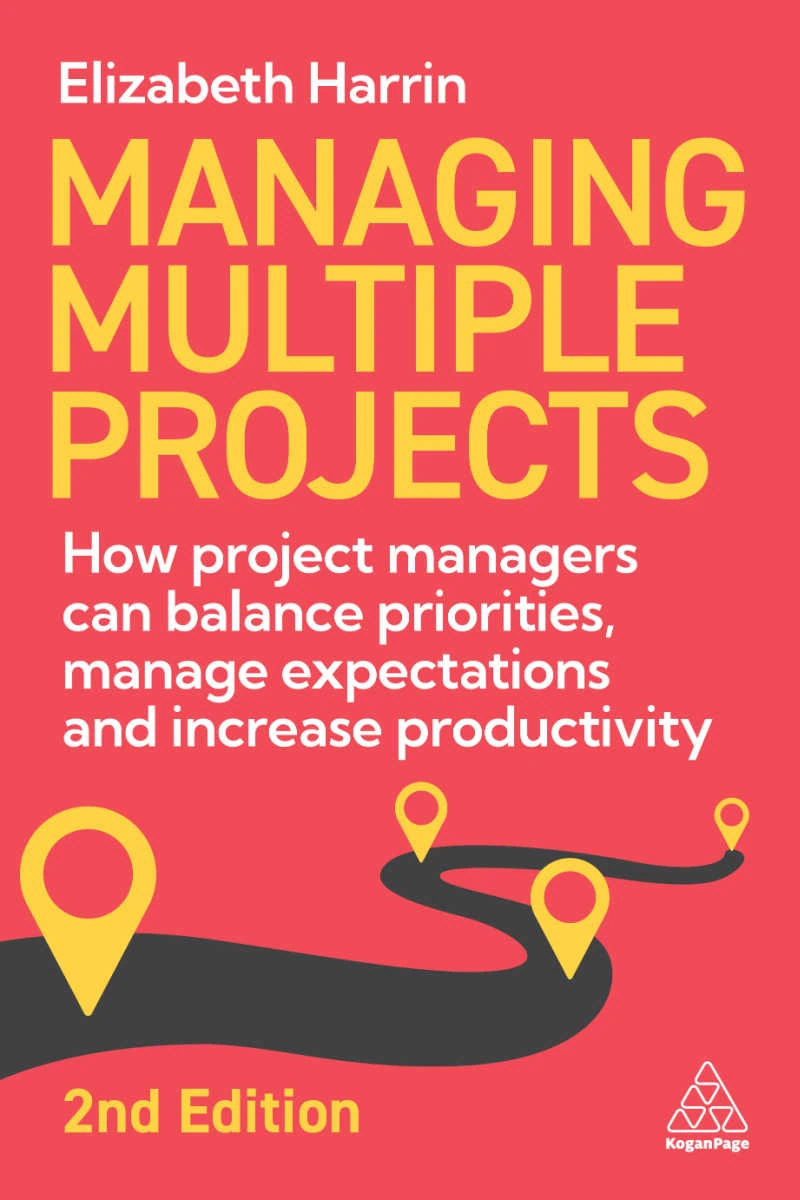My worst presentation ever (and 3 public speaking tips)
Two Japanese students had stopped at the bottom of the escalators at Tottenham Court Road underground station to take photos of the tiles on the walls while I was passing through.
The tiles at the station are nice — it’s an elaborate mosaic by Paolozzi — but when you use the station on a regular basis you stop noticing. You stop noticing a lot of things that you see regularly.
I’m trying hard not to do that at work, but it’s difficult when project team members are performing well and it is easy to take things for granted. It’s also difficult not to be annoyed when people block your path for things like photos when you are in a hurry.
I’m sure their friends back home appreciated the pictures.
(The Paolozzi Restoration project to restore the mosaics at Tottenham Court Road was an interesting initiative in itself. Read more about it on the TFL website.)
Tottenham Court Road is London’s center for electrical supplies. I’ve hunted for quite a while for the perfect clicker to move the slides forward during a presentation. It was being tied to the keyboard and mouse that made me fall off the stage at a presentation, so I really don’t want that to happen again at my next presentation.
That wasn’t my worst presentation, by the way. Read on for that story!
I know a lot of you do presentations – on projects, to stakeholders, and outside of work as well — so here are my 3 top tips for public speaking.
#1: Prepare (of course)
Apparently you should spend an hour preparing for every 5 minutes of presentation that you’ll do. I can’t remember where I heard that, but it is a lot of preparation! In the last year or so I have made a major effort to prepare far better for presentations especially the slides.
You may choose to use slides, but you could just as well decide that you’ll get your message across better without them. Even if you don’t have slides, flip charts or other material, you’ll still need to work out what you will say, and it needs to be a convincing ‘story’ that flows logically from one point to the next.
This is hard work, and my tip is to establish what you want the audience to go away having learned, and work the flow of your presentation around that.
#2: Don’t run over
At the APM Conference in 2008, the format was that each session consisted of two speakers and a moderator. Both speakers did their thing and then the moderator fielded questions from the floor.
I was the second speaker in my session, which meant I had to sit there looking really interested in what he had to say as I was seated on the stage waiting for my turn.
We had been told about the time limits for our sessions, and his deadline came…and went. He wasn’t even halfway through his slides. The time for my presentation was being eaten up, minute by minute. The audience was restless.
After a long, long delay and lots of hints, the moderator stood up and said, “I’ll have to stop you there.” He just cut the speaker off in mid-flow — the first and only time I have ever seen this happen.
Do not let this happen to you.
Stick to your time limit. This means practicing, over and over again, so you know exactly how long your presentation takes. Use a watch to time your presentation on the day and ask a friend or the organizer to give you a signal when you are 10 minutes from the end of your time.
Believe me, the audience will thank you for it, and so will the speaker after you.
#3: Think about who you are speaking to
The worst presentation experience I’ve given was talking to a large room of business analysts about how difficult it is for project managers to work with business analysts.
While I was preparing I thought I was being funny and controversial. In reality, 5 minutes in to starting my speech I knew I had pitched it wrong for the audience. If they had had rotten tomatoes they would have thrown them. And I would have deserved it.
A colleague who is still working with that group of business analysts told me recently that they still talk about that presentation — this is not good for me, as I would much rather the whole episode faded into the background.
Needless to say, I learned a lot from that experience.
Think very carefully about why people are coming to your presentation. They want to learn something; to go away knowing more than they did before about your project, your company or your topic.
Think about what they already know and what they don’t really need to know. It feels great to be invited to give a presentation, but it really isn’t about you. It’s about them. If you get that right, you won’t go too far wrong.
If you have stories about doing presentations please let me know — find me on Instagram and share your tips. I think a compilation of your tips would make a great blog article!

